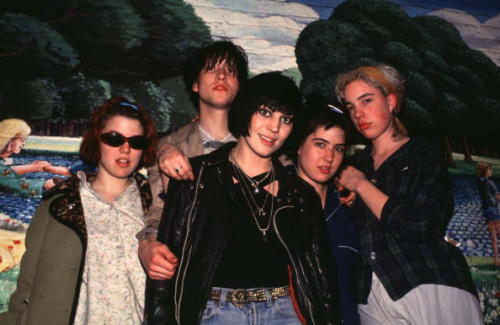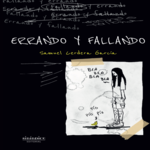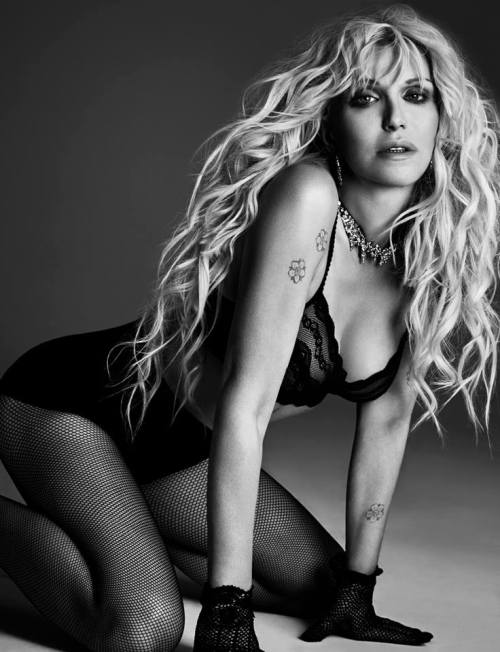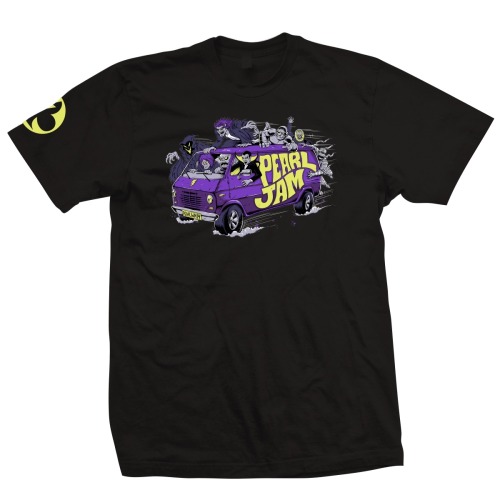En un día como hoy pero de…
On a day like today but in…

En un día como hoy pero de 1992, Seven Year Bitch sacaron su álbum debut, «Sick ‘Em».
IN ENGLISH
On a day like today but in in 1992, Seven Year Bitch released their debut album, «Sick ‘Em».
Nick Launay -productor – recuerda el descubrimiento de Silverchair
The true story behind ‘Tomorrow’: “Not one major label liked it”
Sacado de // From –> http://portalternativo.com/ – http://www.fasterlouder.com.au/
Se cumplía la pasada semana el vigésimo aniversario de la publicación de “Tomorrow”, canción y EP que supuso el despegue de Silverchair allá por 1994. La gente de Fasterlouder ha charlado con el productor Nick Launay sobre la efemeride.
La demo de “Tomorrow” costó 75 dólares australianos y, además del tema que le da título, incluía otros tres (“Acid Rain”, “Cicada” y “Pure Massacre”). Una vez grabada, se usó para participar en un concurso organizado por el programa de TV “Nomad” y la radio Triple J. Entre los jueces estaban el director Robert Hambling (quien años después dirigiría el vídeo de “After All These Years”).
Recuerda Launay:
Me acababa de mudar de Inglaterra a Sydney y andaba montándome una casa ahí. Robert Hambling descubrió a Silverchair, hizo que me fijara en ellos.
Quedé alucinado y dije que debían ganar. Al llamar al número que había escrito en el CD de la demo, Richard se enteró por la madre de Daniel que tenían 14 años. Me llamó y me dijo, “¡Joder, no te vas a creer la edad que tienen!” El resto es historia.
Y pese a que luego el tema aupó al grupo a un estratosférico éxito, según explica el productor británico, no fue hasta su difusión en Nomad y la Triple J que los sellos le prestaron atención. Y es que antes, Launay y Hambling habían ofrecido la versión ‘arreglada’ a distintos sellos y ninguno de ellos mostró el más mínimo interés.
Rehice la demo de “Tomorrow” en mi dos pistas Revox y ambos llevamos la demo a todas las grandes discográficas para lograr que alguna les firmara. A ninguna le gustó.
Al ganar el concurso, el trío pudo grabar “Tomorrow” como estaba mandado en los estudios de la Triple J con el productor/ingeniero Phil McKellar.
Triple J lo puso y llegó al número uno en Australia antes de que ninguna multinacional los fichara. Sony les fichó cuando ya era un éxito.
El productor considera que el éxito de Silverchair muestra como cambió “lo que podía hacer una banda australiana en todo el mundo.”
Unos meses después de su publicación en septiembre de 1994, la regrabada versión de “Tomorrow” (con un vídeo dirigido por Mark Pellington, autor del “Jeremy” de Pearl Jam, entre muchísimos otros) se convirtió en el tema más emitido en las radios de música rock de EEUU.
El productor -que si bien no les produjo su primer largo, si se encargó de hacer lo propio con los dos siguientes (“Freak Show” y “Neon Ballroom”)- no está sorprendido de que aún hoy la canción siga trascendiendo.
“Tomorrow” fue compuesto por un chico de 13 años y grabado en una tarde. “Frogstomp” fue grabado en seis días costando 12.000 dólares. “Tomorrow” llegó al número uno en EEUU, el álbum vendió más de 4 millones en los primeros meses. Cualquier cosa es posible si eres realmente bueno en lo que haces y le llega a la gente. Silverchair lo hizo con “Tomorrow”.
IN ENGLISH
‘Tomorrow’ by Silverchair was officially released 20 years ago this week. It was a landmark moment in Australian rock’n’roll history, but it wasn’t the first time the public got to hear Daniel Johns’ dark tale of a fat rich guy who spends a night in a poor man’s hotel.
Recorded for $75 in a Newcastle studio – along with early versions of ‘Acid Rain’, ‘Cicada’ and ‘Pure Massacre’ – the ‘Tomorrow’ demo was entered into a competition called “Pick Me”, which was jointly run by the SBS TV show Nomad and triple j. Director Robert Hambling – who went on to direct videos for Silverchair including ‘After All These Years’ from Diorama – was one of the judges of the competition, and also the first to hear the track. The second was an English-born producer called Nick Launay.
“I had just moved from England to Sydney and was setting up a home there,” says Launay, who went on to produce Freak Show, Neon Ballroom and Young Modern, as well as albums by The Living End, Yeah Yeah Yeahs and Nick Cave & the Bad Seeds. “Robert Hambling discovered Silverchair though, he bought them to my attention.”
“We both took the demo to all the majors to try and get them signed. Not one major liked it.”
So what were his first impressions? “I was blown away, and said absolutely they should win,” he says from Los Angeles. “On calling the phone number scribbled on the demo CD, Richard learnt from Daniel’s mum that they were all 14 years old. He called me and said ‘You’ll never fucking guess how old they aren’t!’ The rest is history.”
And while history shows that ‘Tomorrow’ landed Silverchair a deal with Sony subsidiary Murmur, Launay says label interest in the track only materialised after the song was broadcast on Nomad in 1994 and was subsequently played on triple j. The pair had shopped around a re-arranged version of the song to major labels – and they didn’t want a bar of it. “I re-arranged the demo of ‘Tomorrow’ on my Revox 2-track tape machine, and then we both took the demo to all the majors to try and get them signed,” recalls Launay. “Not one major liked it.”
Winning the competition didn’t just boost Silverchair’s popularity, it also allowed them to record ‘Tomorrow’ “properly” at triple j’s studios with producer/engineer Phil McKellar. “Triple J then played it and it went to number one in Australia before any major signed them,” Launay explains. “Sony then grabbed them once it was already a hit.”
Reflecting on its impact on the Australian music landscape at the time, Launay says it changed “the facts about what was possible for an Australian band to archived worldwide”. A few months after its September 1994 release, a re-recorded version of ‘Tomorrow’ (complete with a big budget music video directed by Mark Pellington, the guy behind Pearl Jam’s ‘Jeremy’) became the most played song on US modern rock radio. For better or worse, it helped usher in a post-Cobain, post-grunge era, along with Foo Fighters, Bush and Stone Temple Pilots.
And while Launay didn’t get to work with the band on their debut full-length Frogstomp – that honour fell to Lime Spiders producer Kevin Shirley – he got the gig for Silverchair’s chart-topping 1997 follow-up Freak Show, and has worked with them on several releases since. Twenty years after hearing that rough-and-ready demo from three Newcastle teenagers, he’s not surprised the song still resonates.
“‘Tomorrow’ was written by a 13-year-old and recorded in an afternoon. The Frogstomp album was recorded in six days costing 12,000 dollars. ‘Tomorrow’ went to number one in the USA, the album sold over 4-million in the first few months. Anything is possible if you are really, really good at what you do, and it moves people. Silverchair did that with ‘Tomorrow’.”
Read more at http://www.fasterlouder.com.au/news/40608/The-true-story-behind-Tomorrow-Not-one-major-label-liked-it#WQjc2v07t9DJO1SO.99
Camiseta de Halloween 2014 de Pearl Jam
Melissa Auf der Maur en el Hudson, NY, espacio de arte que ella lleva junto a su marido
Melissa Auf der Maur in the Hudson, NY, art space she runs with her husband

Bikini Kill con Joan Jett en 1994
Bikini Kill with Joan Jett in 1994





